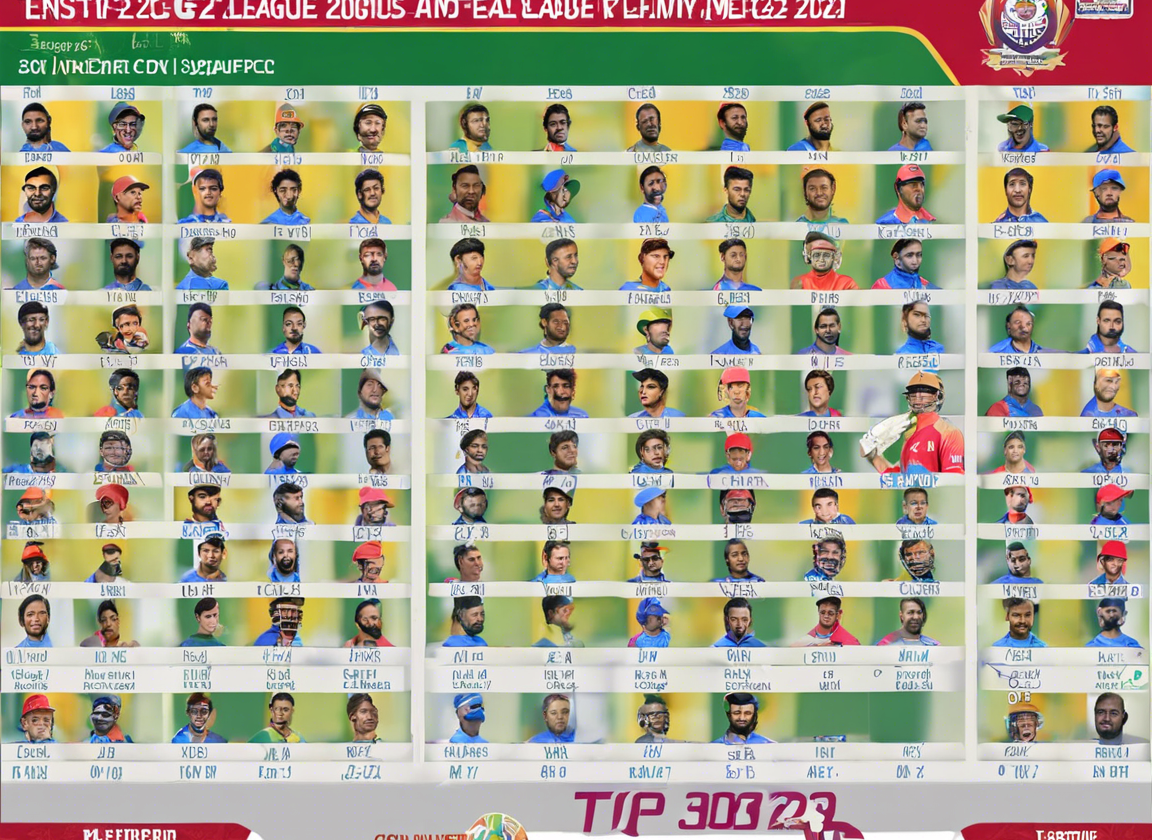Sanatan Dharm, often referred to as Hinduism, is one of the oldest and most diverse religious traditions in the world. With a rich tapestry of beliefs, practices, and philosophies, Sanatan Dharm encompasses a wide range of spiritual teachings that have evolved over thousands of years. In this comprehensive guide, we will explore the intricate layers of Sanatan Dharm, delving into its key principles, diverse schools of thought, sacred texts, rituals, and much more.
Origins and Philosophy
Sanatan Dharm, which means the eternal or timeless way, is rooted in the ancient spiritual traditions of the Indian subcontinent. It is a complex and multifaceted religious system that embraces a diversity of beliefs and practices. At its core, Sanatan Dharm emphasizes the cyclical nature of existence, the concept of dharma (righteous living), karma (law of cause and effect), and moksha (liberation from the cycle of birth and death).
Key Concepts
- Dharma: The moral and ethical duties that uphold the cosmic order.
- Karma: The law of cause and effect based on one’s actions and intentions.
- Moksha: Liberation from the cycle of samsara (birth and rebirth).
- Atman and Brahman: The eternal soul and the ultimate reality, respectively.
Scriptures and Texts
Sanatan Dharm has a vast body of sacred texts that serve as the foundation of its teachings and practices. The Vedas, the oldest scriptures of Hinduism, are revered as the ultimate authority in matters of spirituality and ritual. The Upanishads delve into the nature of reality, consciousness, and the self. The Bhagavad Gita is a dialogue between Lord Krishna and Prince Arjuna that explores duty, righteousness, and the path to liberation. The Ramayana and the Mahabharata are epic narratives that teach profound moral and ethical lessons.
Schools of Thought
Sanatan Dharm is characterized by a rich tapestry of philosophical schools that offer diverse perspectives on the nature of reality, the purpose of life, and the path to spiritual realization. Some of the prominent schools of thought include:
- Advaita Vedanta: Non-dualistic philosophy that emphasizes the oneness of the individual soul (Atman) and the universal consciousness (Brahman).
- Dvaita Vedanta: Dualistic philosophy that maintains a clear distinction between the individual soul and the Supreme Being.
- Yoga: A spiritual path that emphasizes physical and mental discipline, meditation, and self-realization.
- Nyaya: A school of logic and epistemology that seeks to establish valid knowledge through critical reasoning.
- Vaisheshika: A school of metaphysics that explores the nature of reality through the analysis of atoms and their properties.
- Samkhya: A dualistic philosophy that postulates the existence of two fundamental principles, Purusha (consciousness) and Prakriti (matter).
Gods and Deities
Sanatan Dharm is a polytheistic tradition with a vast pantheon of gods and goddesses that embody different aspects of the divine. Some of the major deities include:
- Brahma: The creator god who is responsible for the creation of the universe.
- Vishnu: The preserver god who maintains cosmic order and incarnates in various forms such as Rama and Krishna.
- Shiva: The destroyer god who represents transformation and regeneration.
- Devi: The divine mother goddess who embodies feminine energy and power.
- Ganesha: The elephant-headed god of wisdom and remover of obstacles.
- Hanuman: The monkey god known for his devotion to Lord Rama and his incredible strength.
Rituals and Festivals
Rituals and festivals play a crucial role in the practice of Sanatan Dharm, serving as a means to cultivate devotion, express gratitude, and seek blessings from the divine. Some of the major rituals and festivals include:
- Puja: Ritual worship of deities through offerings of flowers, incense, and food.
- Havan: Fire ceremony conducted to invoke divine blessings and purify the environment.
- Meditation: Practice of cultivating awareness, concentration, and spiritual insight.
- Diwali: Festival of lights that celebrates the victory of light over darkness and knowledge over ignorance.
- Holi: Festival of colors that marks the arrival of spring and the triumph of good over evil.
- Navaratri: Nine-night festival dedicated to the worship of the divine mother in her various forms.
Sacred Symbols
Sanatan Dharm is replete with sacred symbols that encapsulate profound spiritual meanings and teachings. Some of the key symbols include:
- Om: The primordial sound symbolizing the universe’s creation, preservation, and destruction.
- Swastika: A symbol of auspiciousness, prosperity, and good fortune.
- Lotus: Symbol of purity, beauty, and spiritual unfolding.
- Trishul: Trident wielded by Lord Shiva representing the three aspects of existence – creation, preservation, and destruction.
- Bindi: Red dot worn on the forehead symbolizing the third eye, intuition, and spiritual insight.
Modern Interpretations and Challenges
In the contemporary world, Sanatan Dharm continues to evolve and adapt to new contexts and challenges. While its timeless teachings and practices remain relevant, the tradition also grapples with issues such as caste discrimination, gender inequality, and sectarian tensions. Modern gurus, scholars, and practitioners are reinterpreting and reimagining Sanatan Dharm in ways that resonate with the needs and aspirations of today’s society.
Frequently Asked Questions (FAQs)
-
What is the difference between Sanatan Dharm and Hinduism?
Sanatan Dharm is the original name for the religious and spiritual tradition commonly known as Hinduism. The term “Sanatan Dharm” emphasizes the eternal and timeless nature of the tradition. -
Are all Hindus followers of Sanatan Dharm?
While many Hindus identify with the principles and practices of Sanatan Dharm, the tradition is diverse, and different sects and communities may have varying beliefs and interpretations. -
What is the significance of karma in Sanatan Dharm?
Karma is a central concept in Sanatan Dharm that highlights the moral and ethical consequences of one’s actions. It emphasizes the idea that individuals shape their destiny through their deeds. -
How can one attain moksha in Sanatan Dharm?
Moksha, liberation from the cycle of birth and death, can be achieved through spiritual practice, self-realization, devotion to the divine, and the pursuit of righteous living. -
Why do Hindus worship multiple gods and goddesses?
The worship of multiple deities in Sanatan Dharm reflects the diversity of divine manifestations and the various aspects of the ultimate reality that individuals connect with based on their spiritual inclinations. -
What role do gurus play in Sanatan Dharm?
Gurus, spiritual teachers, guides, and mentors, hold a revered position in Sanatan Dharm as they impart knowledge, guidance, and initiation into spiritual practices to their disciples. -
How does Sanatan Dharm view the concept of reincarnation?
Reincarnation is a fundamental belief in Sanatan Dharm, emphasizing the cycle of birth, life, death, and rebirth based on one’s karma and spiritual evolution. -
What are some common misconceptions about Sanatan Dharm?
Common misconceptions about Sanatan Dharm include equating it with idol worship, caste discrimination, and superstition, while overlooking its profound philosophical and spiritual depth. -
How does Sanatan Dharm view the relationship between the individual and the cosmos?
Sanatan Dharm teaches that the individual soul (Atman) is interconnected with the universal consciousness (Brahman), emphasizing the oneness of all beings and the unity of existence. -
What are some practices that individuals can incorporate into their daily lives to align with the principles of Sanatan Dharm?
Incorporating practices such as meditation, yoga, seva (selfless service), satsang (spiritual gatherings), and chanting mantras can help individuals deepen their spiritual connection and live in harmony with the principles of Sanatan Dharm.
In conclusion, Sanatan Dharm embodies a profound and multifaceted spiritual tradition that offers a comprehensive path to self-realization, ethical living, and spiritual fulfillment. By exploring its key principles, scriptures, deities, rituals, and symbols, individuals can gain a deeper understanding of the timeless wisdom embedded in this ancient tradition. As Sanatan Dharm continues to inspire and guide millions of people worldwide, its teachings serve as a beacon of light illuminating the path to inner transformation and ultimate liberation.






